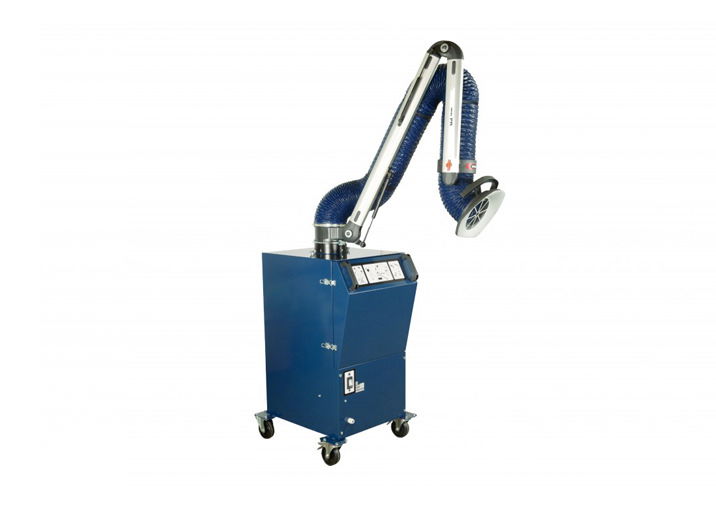HSE Raise Safety concerns amid mild steel welding causes Cancer
The Health and Safety Executive issue a Safety alert to :-
All workers, employers, self-employed, contractors’ and any others who undertake welding activities, including mild steel, in any industry.
|
Introduction:
There is new scientific evidence from the International Agency for Research on Cancer that exposure to mild steel welding fume can cause lung cancer and possibly kidney cancer in humans. The Workplace Health Expert Committee has endorsed the reclassification of mild steel welding fume as a human carcinogen.
Consequences:
With immediate effect, there is a strengthening of HSE’s enforcement expectation for all welding fume, including mild steel welding; because general ventilation does not achieve the necessary control.
Outcome:
Control of the cancer risk will require suitable engineering controls for all welding activities indoors e.g. Local Exhaust Ventilation (LEV). Extraction will also control exposure to manganese, which is present in mild steel welding fume, which can cause neurological effects similar to Parkinson’s disease.
Where LEV alone does not adequately control exposure, it should be supplemented by adequate and suitable respiratory protective equipment (RPE) to protect against the residual fume.
Appropriate RPE should be provided for welding outdoors. You should ensure welders are suitably instructed and trained in the use of these controls.
Regardless of duration, HSE will no longer accept any welding undertaken without any suitable exposure control measures in place, as there is no known level of safe exposure.
Risk assessments should reflect the change in the expected control measures.
Action required
- Make sure exposure to any welding fume released is adequately controlled using engineering controls (typically LEV).
- Make sure suitable controls are provided for all welding activities, irrelevant of duration. This includes welding outdoors.
- Where engineering controls alone cannot control exposure, then adequate and suitable RPE should be provided to control risk from any residual fume.
- Make sure all engineering controls are correctly used, suitably maintained and are subject to thorough examination and test where required.
- Make sure any RPE is subject to an RPE programme. An RPE programme encapsulates all the elements of RPE use you need to ensure that your RPE is effective in protecting the wearer.
Relevant legal documents:
- Health and Safety at Work etc. Act 1974
- Control of Substances Hazardous to Health Regulations 2002
WHAT CAN WE DO?
To find out more about how AXGE can help you find the right local exhaust ventilation (LEV) system for your business.
Give us a call to arrange a free, no-obligation quote please call us on 07850 868237 or complete our contact form.

A typical Portable Welding Fume extraction unit.
Andre Cross
AXGE



